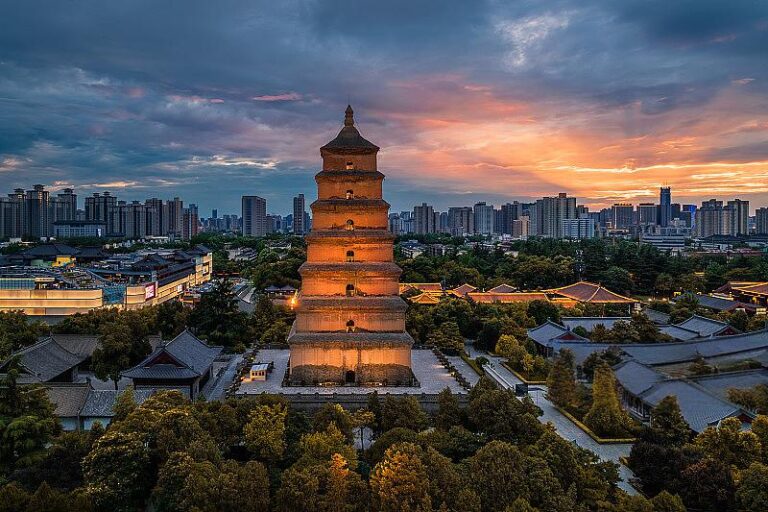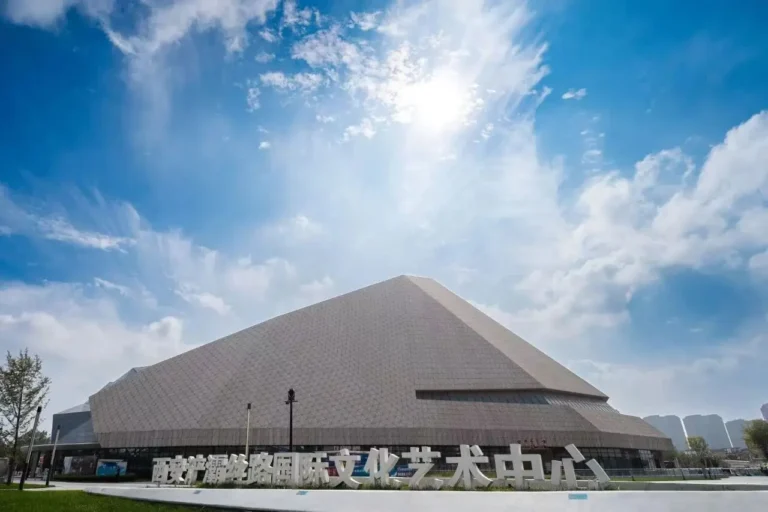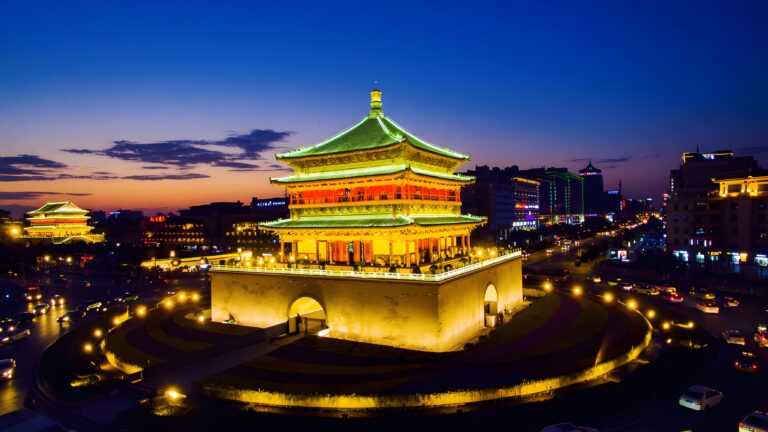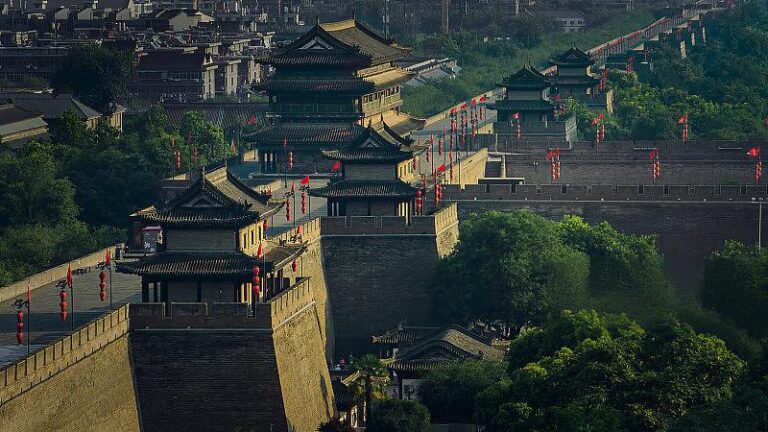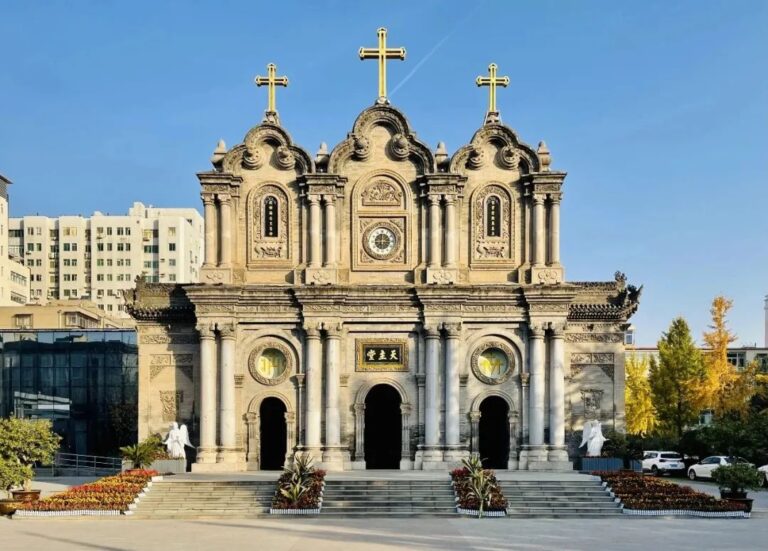Standing in the fireworks of Xi’an Huimin Street, the aroma of Pita bread soaked in Lamb Soup and the cries of traders interweave into a symphony of the market. However, at the northern end of this bustling food street, a blue brick gatehouse with a “second place” plaque hanging quietly stands, like a rift in time and space – this is the Gao’s Grand Courtyard. This ancient Ming and Qing dynasty mansion, covering an area of 4.2 acres and consisting of 86 rooms, has been quietly guarded for over 400 years. It is not only the most well preserved residential courtyard in Xi’an, but also a three-dimensional historical book engraved with the rise and fall of official families and the coexistence of urban fireworks.
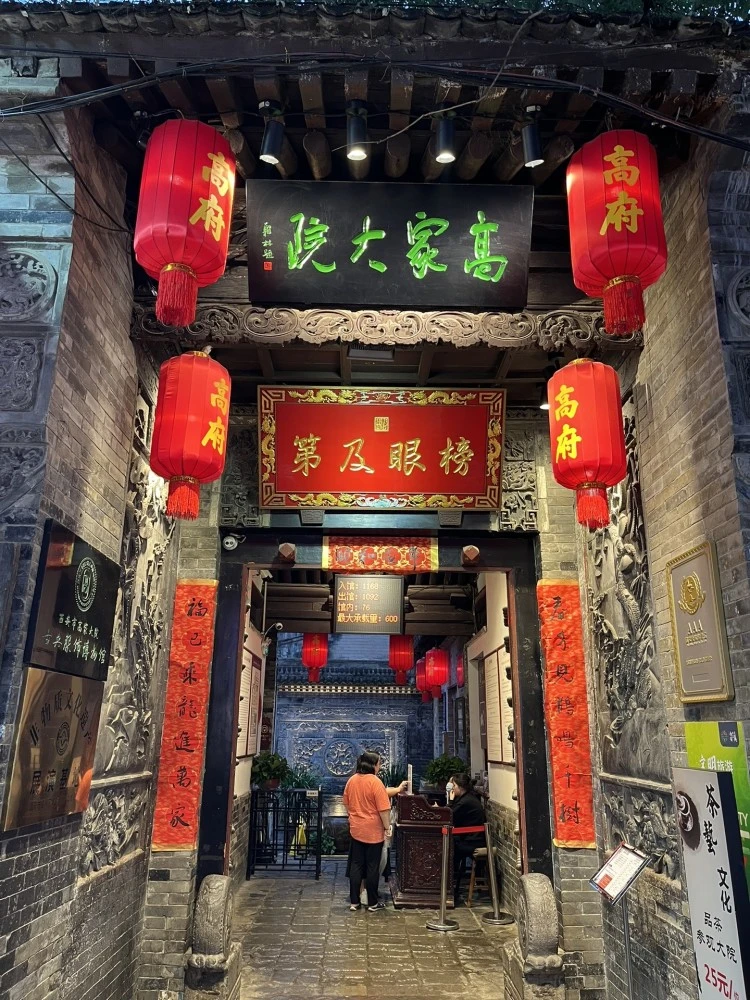
1、Seven Generations of a Scholar’s House: From Imperial Honors to Everyday Life
The tale of the Gao Grand Courtyard begins in the Ming Dynasty, during the reign of Emperor Chongzhen. The family’s ancestor, Gao Yuesong, originally from Jiangsu, was renowned for his brilliance from a young age. In 1871, during the Qing Dynasty, he achieved the prestigious rank of Bangyan (the second-highest honor in the imperial examinations) and was granted this grand residence by the emperor—marking the start of the Gao family’s legacy, which produced officials for seven generations.
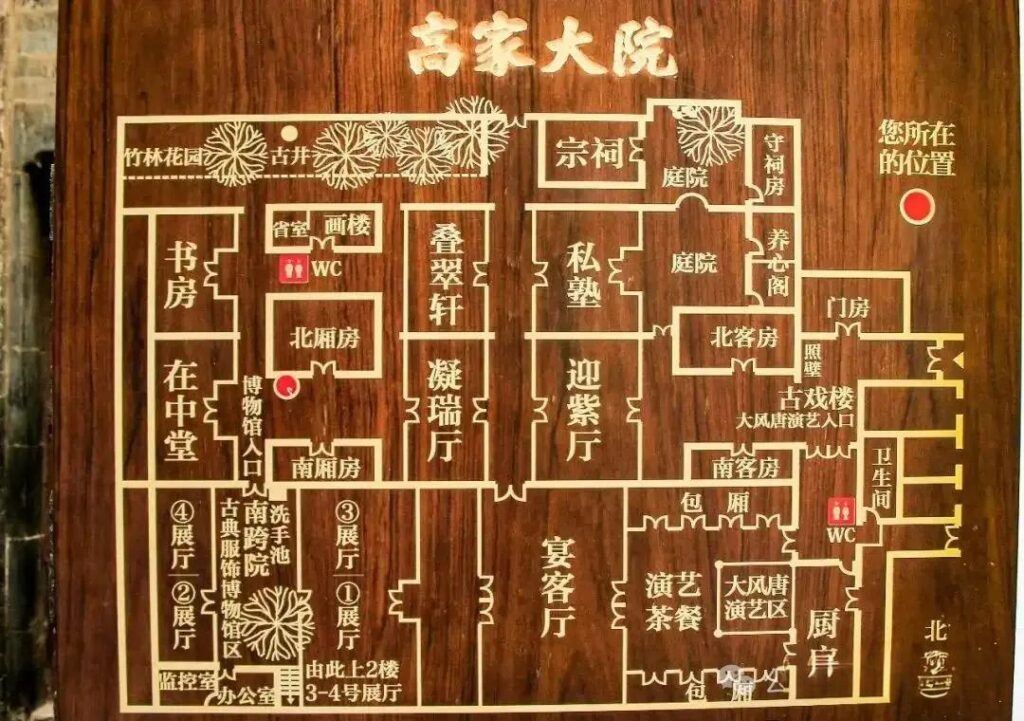
Even today, the gilded plaque above the gate, inscribed with “Bangyan Jidi” (“Second Highest Scholar”), glimmers with the prestige of the past. At dusk, the red lanterns bearing the family name “Gao” cast a poetic glow, evoking a sense of faded grandeur—reminiscent of the classic film Raise the Red Lantern.
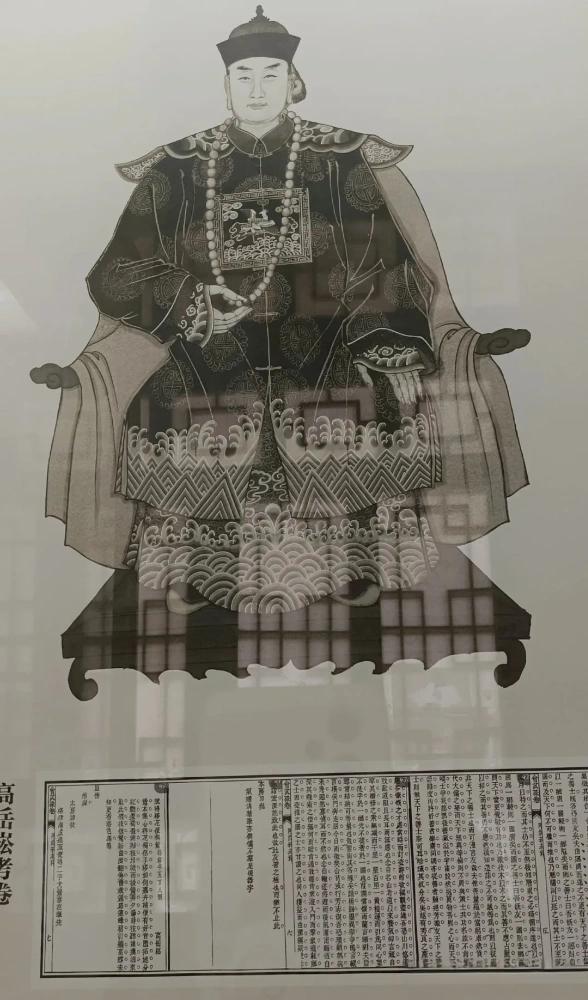
Tucked away in the lively Muslim Quarter, this traditional siheyuan (courtyard house) unfolds in three sections with four courtyards, like a recluse hidden in plain sight. Stepping through its weathered wooden gate, the noise of the street fades away. A path of aged bricks leads to an intricately carved yingbi (spirit wall), once believed to shield the home from ill winds—now serving as a tranquil barrier between the bustling modern world and the quiet elegance of the past.
Here, time seems to stand still, inviting visitors into a secluded world where history whispers through every brick and beam.
2、Decoding the Architecture: Intricate Woodcarvings in Traditional Guanzhong Homes
The Gao Grand Courtyard is a crowning example of traditional Guanzhong architecture. Designed with perfect symmetry along a central axis, the complex includes guest quarters, reception halls, side chambers, a study, a private schoolhouse, and even an opera stage—every detail meticulously preserved, down to the geese paddling in the rear garden pond, their splashes echoing centuries past.
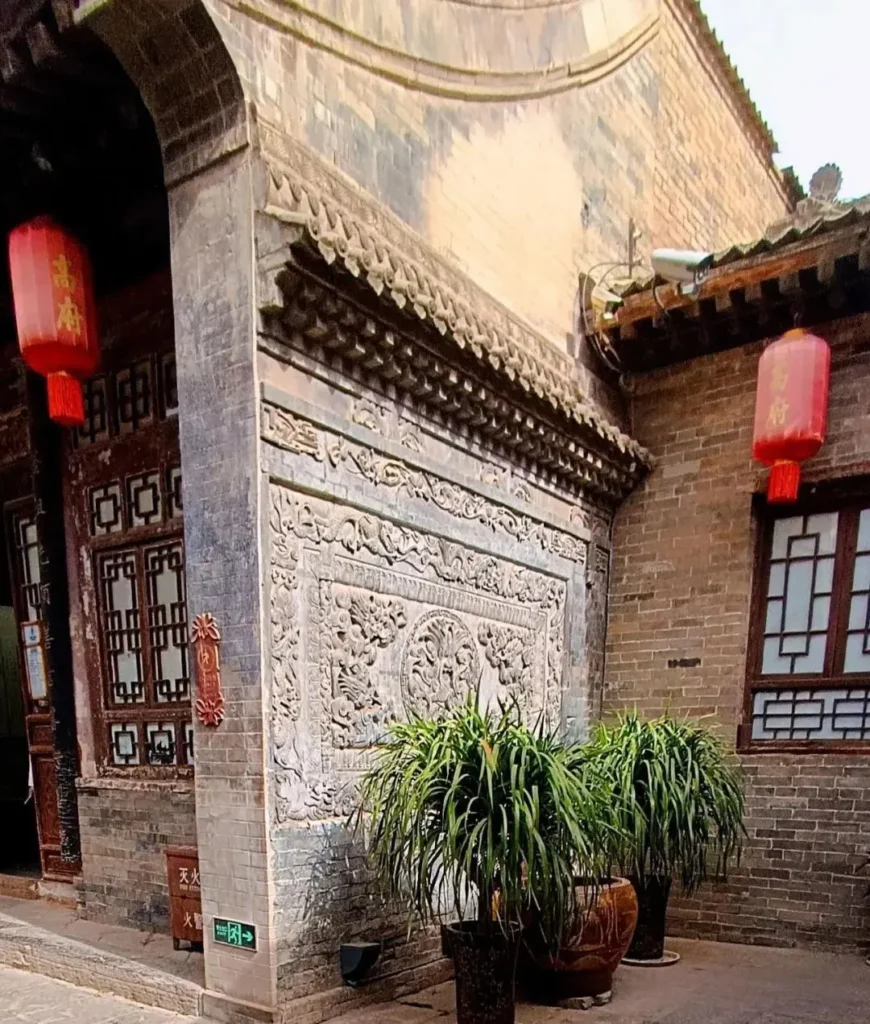
Look up, and you’ll find exquisite brick carvings adorning the eaves: peonies for prosperity, pomegranates for fertility, and upside-down bats (a play on words, as “bat” in Chinese sounds like “fortune”). Surprisingly, these traditional motifs blend seamlessly with Romanesque arched windows—a testament to Xi’an’s legacy as the Silk Road’s eastern terminus, where East and West once harmonized.


Most astonishing is how the architecture tells a story through space. The solemn reception hall in the front courtyard exudes official prestige, while the secluded embroidery chamber in the rear whispers of women’s private lives in centuries past. From the restricted upper floor, one glimpses a surreal contrast—the vibrant Muslim Quarter’s street life below, framed by the mansion’s timeless upturned eaves—as if past and present fold into each other.
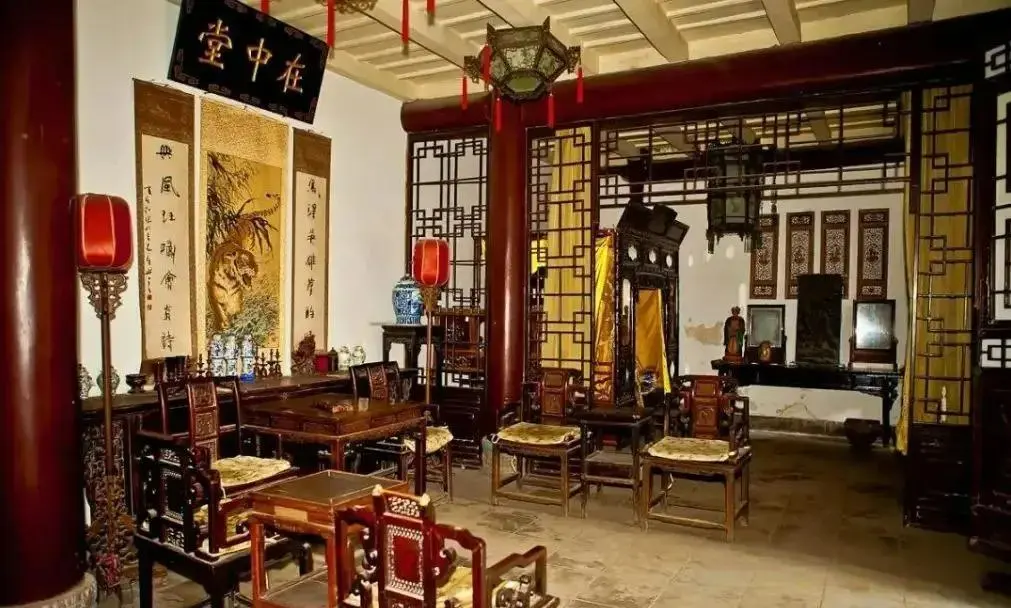
3、Shadow Puppets, String Marionettes & an Intimate Museum of Traditional Undergarments
If architecture is frozen history, then the intangible cultural performances in the Gao Grand Courtyard are its living pulse. In the opera pavilion, shadow puppeteers manipulate donkey-hide silhouettes to the rhythm of Shaanxi dialect, bringing The Monkey King’s Three Strikes on the White Bone Demon to life—their fingers dancing as vibrant tales unfold across the screen. Next door, a laoqiang folk singer’s raspy cry channels the raw spirit of the Loess Plateau.
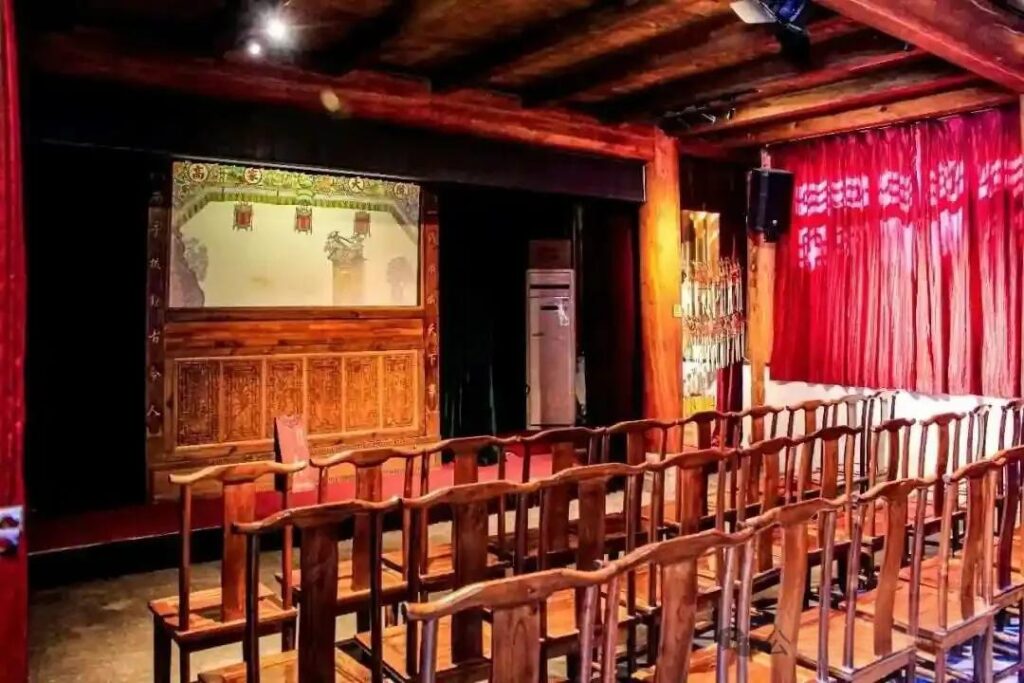
No need to understand the dialect. The puppeteer’s animated brows, the singer’s thunderous vibrato—these are universal languages. Here, cultural heritage doesn’t whisper from museum plaques; it performs, perspires, and grips your soul.
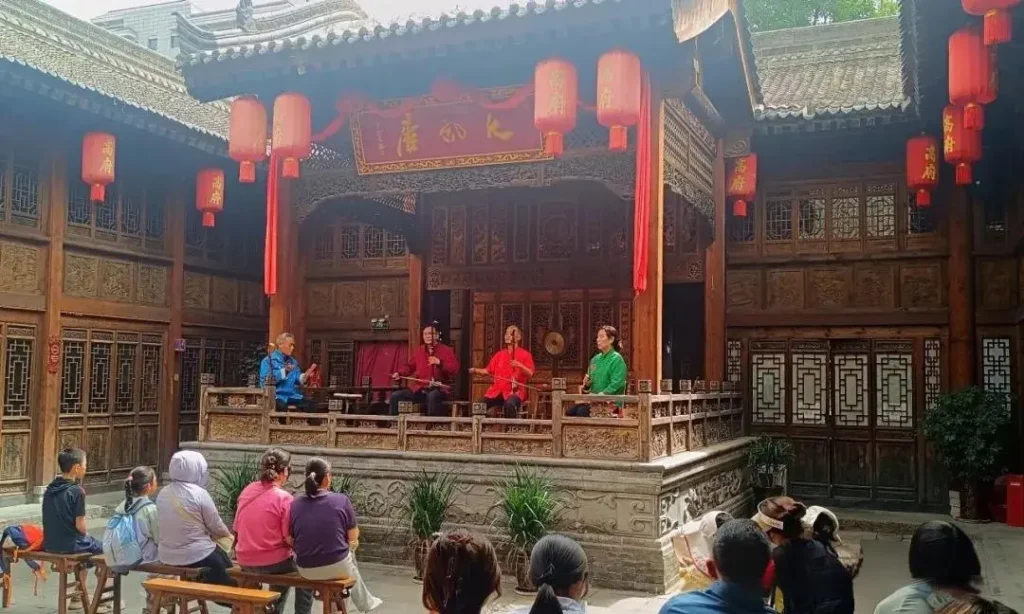
Tucked around the corner, the Traditional Textile Museum offers a breathtaking visual journey. Over 2,000 pieces of embroidered undergarments—collected over thirty years—tell intimate stories through silk: from Han Dynasty “heart garments” to late Qing embroideries. Each delicate square reveals unspoken emotions—a maiden’s longing woven in peonies, a mother’s prayers stitched as mythical qilin beasts, a farmer’s wife’s hopes embroidered with harvest motifs.
That faded piece on display? More touching than any bronze relic. For these weren’t ceremonial objects—they clung to skin, absorbing real lives, real warmth, real dreams.
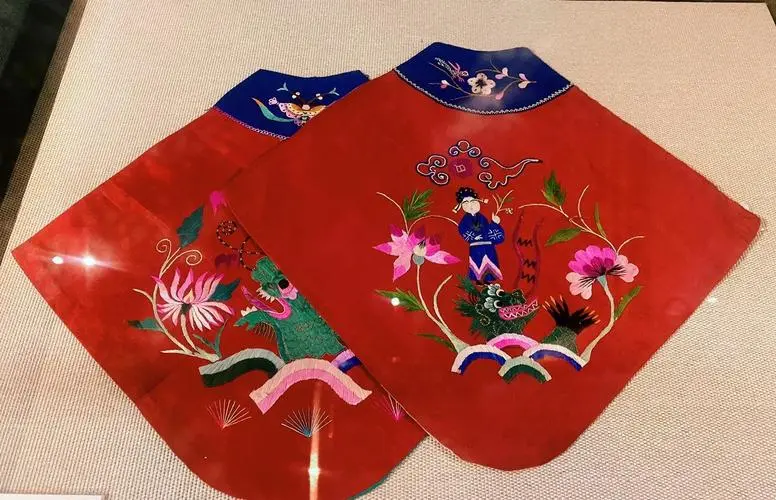
4、How to Experience This Living Heritage
Admission & Hours:
- Basic entry: ¥15 (includes courtyard access)
- Combo ticket: ¥30 (adds shadow puppet show)
- Open daily 10:00-18:00
- Pro tip: Visit at dusk when lanterns glow for perfect photos
Getting Here:
- Subway Lines 2/6 to “Zhonglou Station”
- 10-min walk north through Beiyuanmen Street
- Let the aroma of roujiamo (Chinese hamburgers) guide you through the Muslim Quarter
Must-Experience Moments:
- Living Heritage Performances
- Shadow puppet shows (multiple daily, 10-min sessions)
- Weekend Huayin laoqiang folk opera – powerful enough to wake the ancient carvings!
- Textile Treasures
- Best viewing: Afternoon sunlight reveals exquisite embroidery details in the underwear collection
- Hidden Gem
- Behind the moon gate west of the spirit wall lies a secret garden
- Tea set perpetually waiting on stone table – as if the host just stepped away
5、Echoes of the Past: A Living Legacy
As visitors bustle through the Muslim Quarter with their sour plum drinks, the Gao Grand Courtyard stands as a silent storyteller of Chang’an’s forgotten narratives. Here, you won’t find the Terracotta Army’s grandeur, but rather the intimate warmth of everyday life in imperial China. The Tang Paradise’s glitter is absent, replaced by Ming-Qing scholars’ refined aesthetics.
Sunlight filters through intricately carved lattices… The sudden clack of wooden clappers echoes from the opera house… Faded twin-lotus embroidery on antique undergarments… Each detail whispers the same truth: history never left. It simply learned to breathe quietly amidst the modern hustle.
Afterwards
The Gao’s Grand Courtyard lies a mere ten minutes’ walk from Xi’an’s Muslim Quarter, Drum Tower and Bell Tower. After exploring the compound, one may proceed to the Muslim Quarter to sample Xi’an’s culinary delights. Once satisfied, visitors may continue their stroll towards the Drum Tower and Bell Tower.

